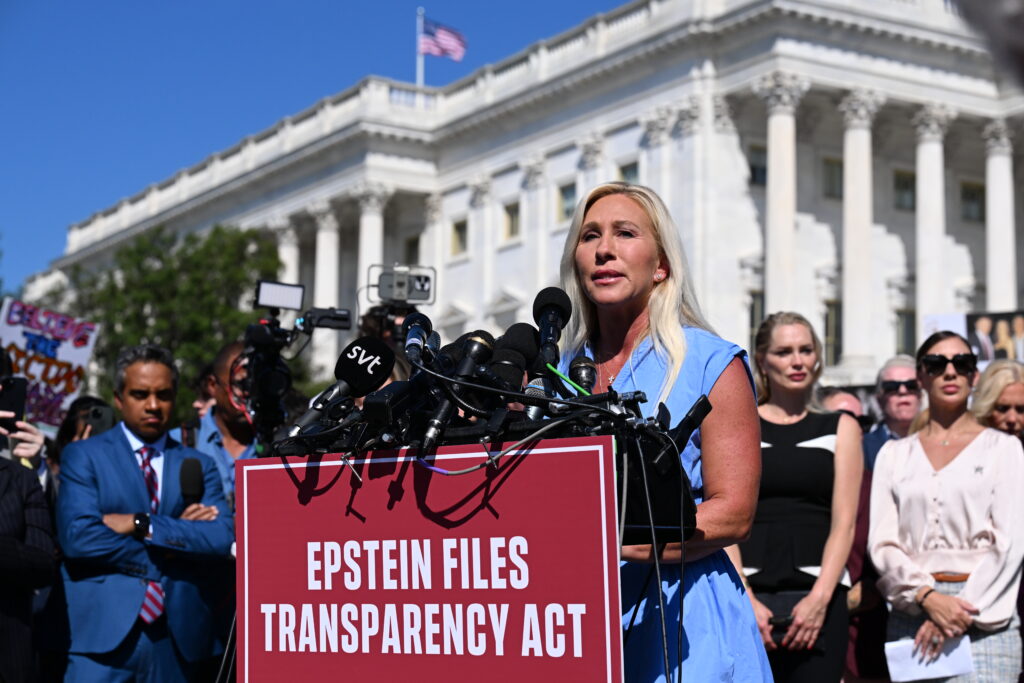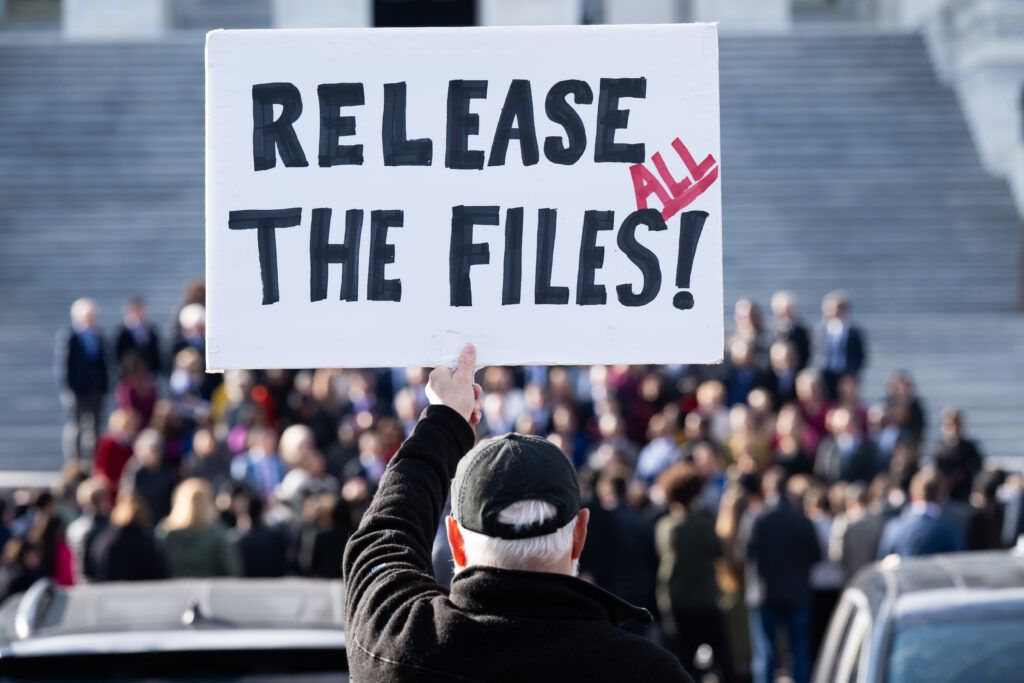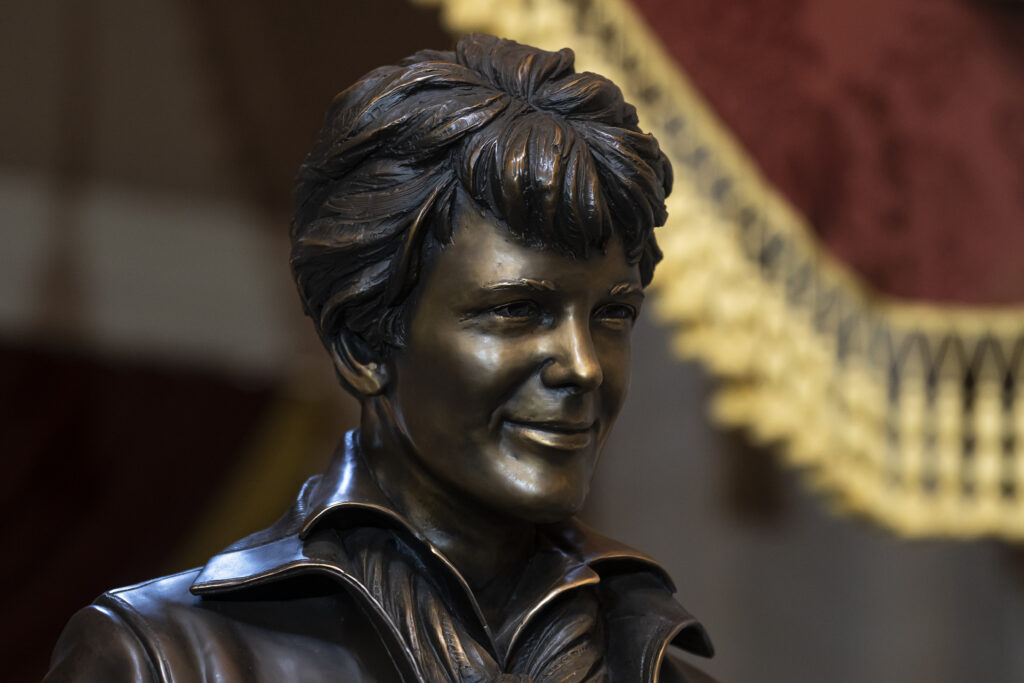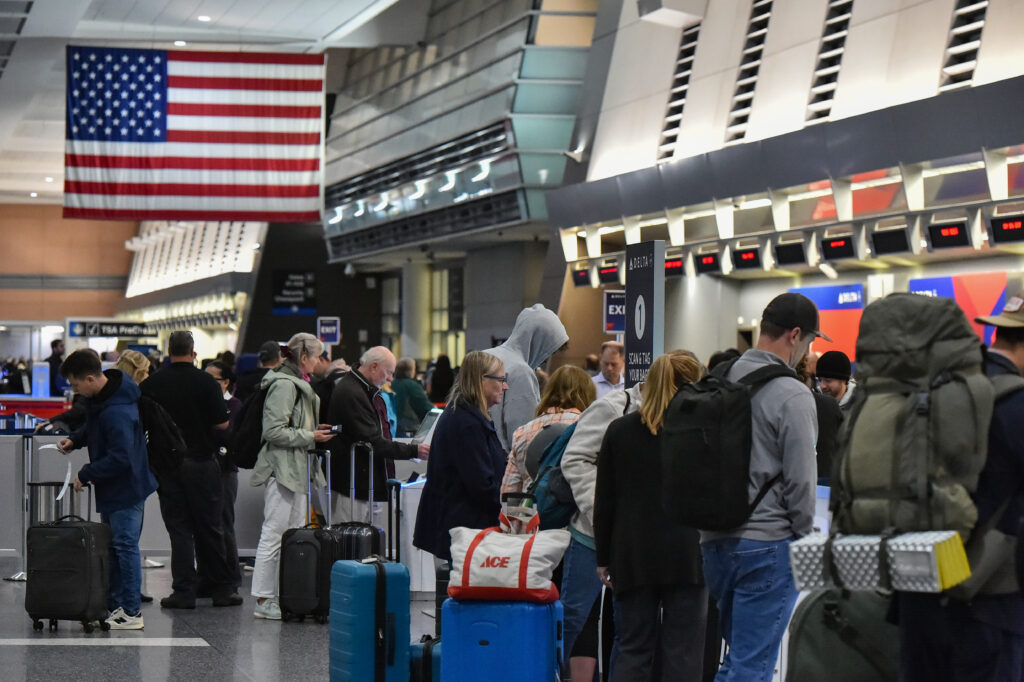Trump pulls support for key MAGA ally Marjorie Taylor Greene
US President Donald Trump said Friday he was pulling his endorsement for key ally Marjorie Taylor Greene after a string of disagreements, calling the hard-right lawmaker a “ranting lunatic.”It marks extraordinary rift in Trump’s Make America Great Again (MAGA) movement a year before US mid-term elections, with Trump facing growing criticism on the cost of living and the Jeffrey Epstein scandal. “I am withdrawing my support and Endorsement of ‘Congresswoman’ Marjorie Taylor Greene,” Trump said in a post on his Truth Social network.”All I see ‘Wacky’ Marjorie do is COMPLAIN, COMPLAIN, COMPLAIN!”Trump said he would be open to backing an opponent if Republicans in her state of Georgia decided to mount a primary challenge against Greene, saying people there were “fed up with her and her antics.””If the right person runs, they will have my Complete and Unyielding Support. She has gone Far Left,” Trump said.Trump has, largely successfully, supported primary challenges against Republicans he considers insufficiently loyal in the past.The split comes at a delicate time for Trump, following heavy off-year election losses earlier this month that have caused Republican jitters a year away from the 2026 midterms.Firebrand Greene, 51, was until recently a diehard pro-Trump supporter — even wearing a “Trump Was Right About Everything” hat when he addressed Congress in March. She has since broken with him on a host of issues, and Trump expressed frustration with her for the first time on Monday, saying she had “lost her way.”The first signs came when she split with other Republicans over the summer when she called Israel’s war in Gaza a “genocide.”Greene has also been critical on health care and particularly the cost of living crisis, telling Trump to focus on the “home front” instead of foreign policy and peace deals.Perhaps the most sensitive area of criticism has been Greene’s position on the Epstein scandal, which ensnared Trump again in recent days with the release of a new trove of emails.After becoming a leading voice calling for justice for victims of the notorious sex offender over the summer, Greene this week was one of a few MAGA rebels who backed a call by Democrats on a vote to push Trump to release files relating to the Epstein probe.Greene’s sudden shift has prompted speculation that she is lining up for her own presidential bid in 2028, although she has dismissed it as “baseless gossip.” Famed for her scathing comments towards Democrats and journalists, Greene had previously made her name as a fierce defender of Trump’s policies.She also embraced QAnon conspiracy theories and in 2018 asserted that California wildfires were ignited by a space laser controlled by the Jewish Rothschild family.









